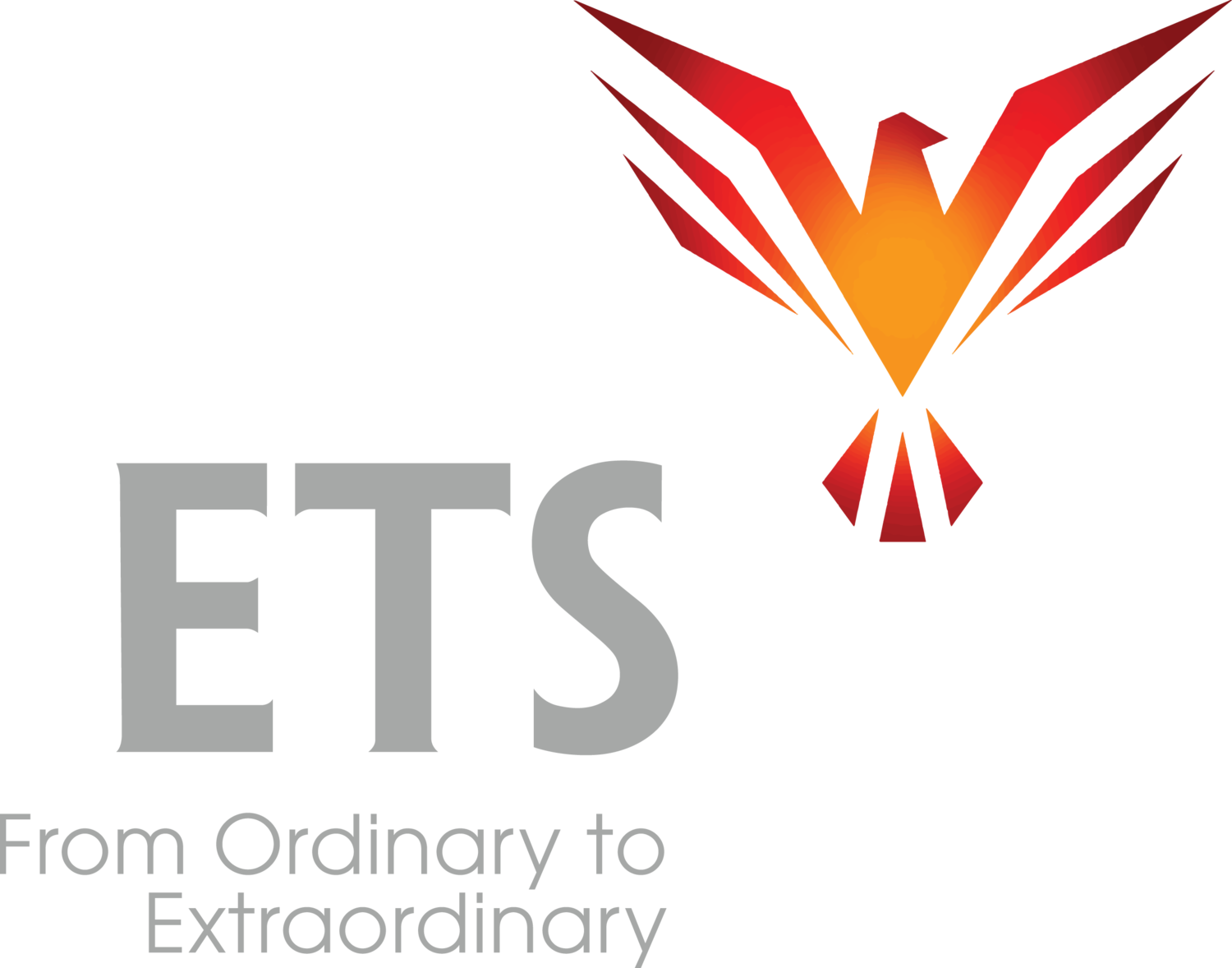Jennifer: “They’re only giving me two minutes in front of senior leadership to present this big idea! TWO minutes! I need your help! How do you present this in two minutes?”
Me: “Let’s take a step back. What do you really need?”
Jennifer: “I need 20 minutes!”
Me: “Good. Why don’t we work on how to successfully communicate so that you get the 20 minutes?”
Jennifer: “Oh my gosh, could I do that? That’s what I really want!”
Brad: “I’ve been waiting for this promotion for so long and I went to talk to my boss about it and he wants to give me a stretch assignment that has nothing to do with where my career is headed. I feel like I’m going backwards and being seriously delayed. And I’m going to be heading up a team that’s dysfunctional! How do I convince them to get this project done, and do it fast so I can get this stretch assignment over and get back on track?”
Me: “How about if we develop the skills you need to get your boss to see that there’s a better idea than the stretch assignment and that is to promote you to vice president?”
Brad: “Oh, wow! Could we do that? That’s what I really want!”
I can’t even begin to tell you how many times, in my coaching sessions, I help a person achieve, NOT the goal they initially state, but the real goal they actually have.
Moral of the story: To be truly causative you need to make sure you are working on the goal you want to achieve, not a goal someone has given you.
This is how people sacrifice their integrity and their basic purpose, bit by bit, until they are running under someone else’s control. It never goes well.
These are tricky situations that take a lot of skill. Getting others to agree with you. Getting others to change direction. Getting others enthusiastic about cooperating with you.
People think that when they rise to positions of authority, they’ll have more control. The opposite is true: When you have more control, you will rise to a position of authority.
You don’t need authority. You need skills.
